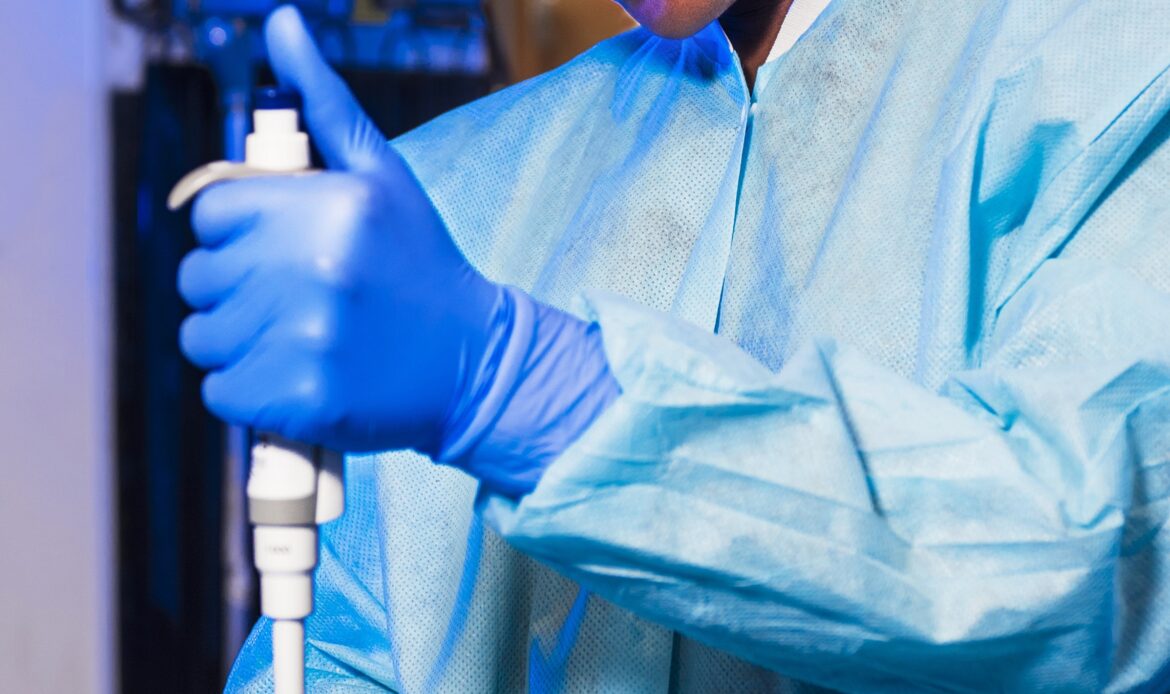
Death care service companies are increasingly using the alkaline hydrolysis method for disposing of corpses.
Alkaline hydrolysis method is a chemical process for the disposal of human remains using sodium hydroxide and heat. The method uses a solution of 95% water and 5% potassium hydroxide or sodium oxide.
Eventually, reduces the body to components of liquid and bone.
As a result, bone fragments retained and dried into a substance which is similar to cremated ashes.
The liquid by-product of alkaline hydrolysis is a non-toxic solution. In fact, by-product disposed through the sewage system
As of August 2019, 19 states in the United States of America have legalized practice of alkaline hydrolysis.
The death care services market consists of sales of death care services and related goods by entities. That prepares the dead for burial or interment and conduct funerals.
In cremation, everything burned into ash, including bone and medical implants. That can lead to the release of harmful pollutants.
A traditional burial can affect the environment as well, since embalming chemicals can leach into the ground. Where a person buried.
Alkaline hydrolysis doesn’t require such chemicals, however. Places that do it commercially have also said the process isn’t more expensive than cremation.
But in parts of the US and Canada is now available. Although plans for the first cremation facility are currently under discussion in UK. It will arrive in Chelmsford UK at Tehy care group soon.
“This by far is the most environmentally friendly choice” Dean Fisher, director of the Donated Body Program at UCLA said.
There have been legal roadblocks that have kept alkaline hydrolysis from catching on, though. Only 14 states have legalized the process.
Nonetheless, alkaline hydrolysis offers new, greener, alternative to burial practices that haven’t changed in centuries.

